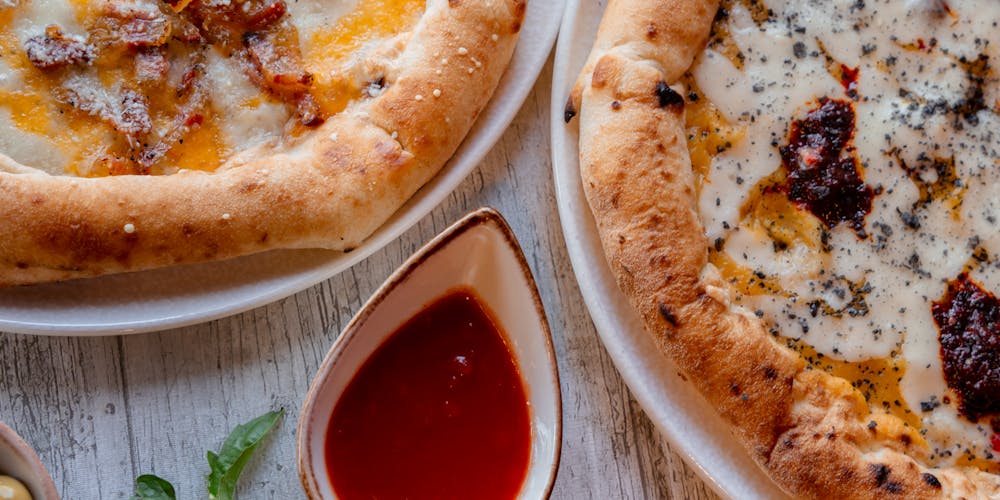Fresh Herbs & Spices: Elevate Your Dishes with Natural Flavor.
Cooking is an art that transcends cultural boundaries, allowing home cooks and professional chefs alike to express themselves through flavor combinations, textures, and aromas. One of the most potent tools in this culinary toolbox is the use of fresh herbs and spices. When incorporated thoughtfully, they can transform a mundane dish into an extraordinary experience, tantalizing our taste buds and invoking memories tied to specific flavors. In this journey through the world of herbs and spices, we will explore their history, various uses, health benefits, and ways to incorporate them into your cooking.
The History and Evolution of Herbs and Spices
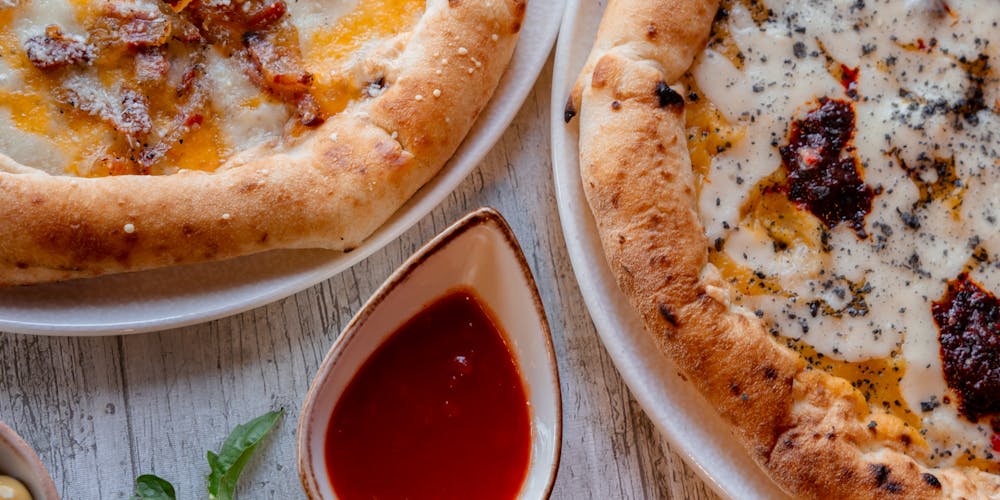
Herbs and spices have played a crucial role in human civilization for thousands of years. They were not only used for flavoring food but also for medicinal purposes, religious ceremonies, and as currency in trade.
Origins of Herbs and Spices

The journey of herbs and spices begins in ancient times. Many cultures revered these botanicals for their healing properties long before they became staples in the kitchen.
The Egyptians are well-known for using herbs such as garlic and coriander in their cuisine, but they also utilized them for mummification and other preservation methods. Similarly, indigenous tribes around the world were aware of the healing powers of plants, often turning to nature for remedies and sustenance.
As civilizations advanced, so did the exploration of herbs and spices. The spice trade flourished during the Middle Ages, leading to significant economic growth across Europe and Asia. Spices like pepper, cinnamon, and saffron became highly sought after commodities, often worth their weight in gold.
Cultural Significance
Throughout history, different cultures have developed unique relationships with herbs and spices, incorporating them into their culinary traditions. The Italians rely heavily on basil and oregano, while in India, turmeric and cumin hold central positions in many dishes.
For example, in Mediterranean cuisine, herbs such as rosemary and thyme are integral, evoking images of sun-drenched landscapes and shared meals among friends and family. Contrastingly, Asian cuisines often highlight the vibrant profiles of cilantro and lemongrass, which reflect the diverse agricultural practices across the continent.
In many indigenous cultures, herbs and spices symbolize more than just flavor; they represent spiritual connections and community bonding, showcasing their importance in rituals and celebrations.
Modern Trends
Today, the resurgence of interest in organic and locally-sourced ingredients has reignited the appreciation for fresh herbs and spices. Home gardeners are planting herb gardens to ensure their access to high-quality, sustainable flavor enhancers right at their fingertips.
Moreover, the global exchange of culinary ideas has led to innovative fusion cuisine, where traditional herbs and spices are combined in unexpected ways. For instance, pairing Thai basil with traditional Italian pesto creates an exciting blend of flavors that reflects the modern palate’s adventurous spirit.
The Health Benefits of Fresh Herbs and Spices
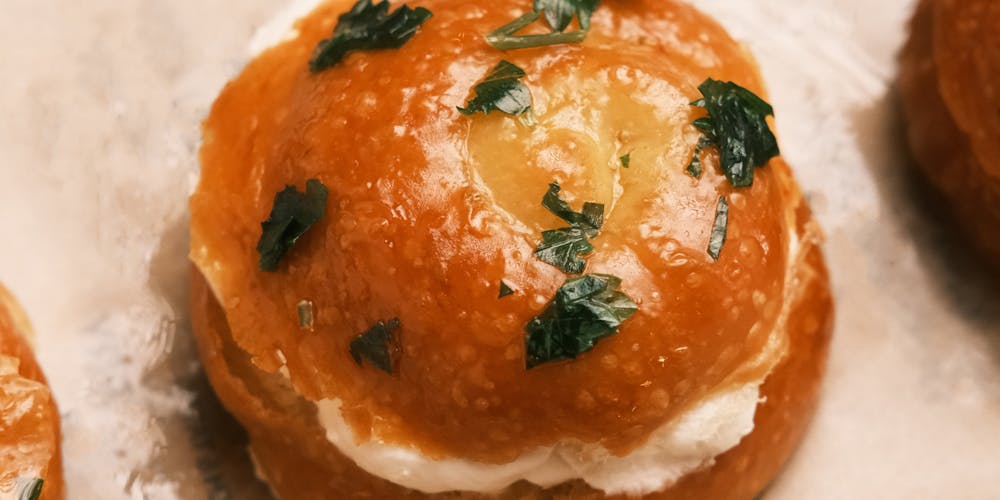
Beyond enhancing the flavor of dishes, fresh herbs and spices offer a multitude of health benefits, making them essential components of a balanced diet.
Nutritional Value
Many herbs and spices pack a nutritional punch, providing essential vitamins, minerals, and antioxidants. For instance, parsley is not only a staple garnish but also rich in vitamin K and C, as well as folate. Similarly, rosemary boasts anti-inflammatory properties attributed to its rosmarinic acid content, making it a powerful ally for your overall health.
Integrating these botanical wonders into your meals can result in a well-rounded diet full of nutrients that support bodily functions. By choosing fresh herbs and spices over artificial flavorings or excess salt, you can enhance both your health and culinary experience.
Anti-Inflammatory Properties
A growing body of research has highlighted the anti-inflammatory properties of certain herbs and spices. Turmeric, known for its distinct golden hue, contains curcumin, a compound celebrated for its potential to combat inflammation. Including turmeric in your daily dishes can offer protective effects against chronic diseases linked to inflammation, including heart disease and arthritis.
Similarly, ginger, another powerhouse spice, has been used for centuries to alleviate nausea and digestive issues. Its anti-inflammatory properties make it an excellent choice for those seeking natural remedies.
Emotional Well-being
The scents and flavors of fresh herbs and spices can elicit positive emotional responses. Aromatherapy studies suggest that certain fragrances, such as lavender or peppermint, can reduce stress and anxiety. Cooking with fragrant herbs can help create a calming environment, turning meal preparation into a therapeutic activity.
Additionally, the act of cooking with fresh ingredients can foster mindfulness and creativity. Engaging with the process—selecting, preparing, and tasting—can elevate your mood and promote a sense of accomplishment, ultimately contributing to better mental health.
Culinary Uses
When experimenting with fresh herbs and spices in your own kitchen, consider the following suggestions:
- Utilize basil, cilantro, or mint to brighten salads, dressings, or marinades.
- Experiment with blends of spices in rubs for meats, allowing flavors to penetrate proteins for a mouthwatering experience.
- Incorporate chopped fresh herbs into pasta or grain dishes, adding a burst of freshness that elevates your meal.
Embracing fresh herbs and spices is an easy way to integrate flavor and nutrition into your everyday meals, ensuring that each bite is as good for your body as it is for your taste buds.
Elevating Dishes with Herb and Spice Pairings

Pairing herbs and spices can be a transformative experience when cooking, unlocking new layers of flavor and excitement in every dish. Learning which combinations complement one another can turn a simple recipe into a culinary masterpiece.
Classic Combinations
Certain herb and spice pairings have stood the test of time, creating foundational flavors in various cuisines. These classic combinations are beloved by chefs and home cooks alike.
For instance, nothing says Italian cuisine quite like the combination of garlic, basil, and oregano. Together, they create an aromatic base for tomato sauces, pizzas, and roasted vegetables. Their balance of earthiness and sweetness makes them incredibly versatile and a favorite among many.
Another classic duo is rosemary and lemon, which pairs beautifully in roasted chicken or fish dishes. The robust, pine-like aroma of rosemary cuts through the citrusy brightness of lemon, resulting in a dish that is both fragrant and delicious.
Exploring Unique Pairings
While classic combinations are timeless, don’t shy away from experimenting with more unusual herb and spice pairings. Blending flavors from different cultures can introduce unexpected delights to your palate.
Consider mixing chili flakes with smoked paprika and fresh cilantro for a zesty kick in a grilled vegetable dish. The heat from the chili, the depth of the smoked paprika, and the bright note of cilantro work together harmoniously to create a dish bursting with excitement.
Alternatively, try combining dill with lemon zest and black pepper in a creamy yogurt sauce. This trio adds freshness and complexity to grilled meats or vegetables, taking even the simplest of dishes to new heights.
Seasonal Considerations
When planning herb and spice pairings, consider seasonal ingredients and flavors. Fresh herbs can vary in availability throughout the year, influencing how we use them in cooking.
In spring, light herbs like chives and parsley shine in salads, while summer calls for bold flavors from basil and mint. As the weather cools down, heartier herbs like sage and thyme come to the forefront, pairing beautifully with autumnal ingredients like squash and root vegetables.
By adapting your herb and spice pairings to the seasons, you can create meals that are not only delicious but also representative of the time of year. This connection to seasonal produce enhances the dining experience, making it more engaging and memorable.
Tips for Effective Pairing
To ensure success when pairing herbs and spices, consider the following tips:
- Start with a base flavor and build upon it with complementary herbs and spices.
- Use fresh herbs whenever possible for maximum vibrancy; dried versions may lose some potency.
- Taste as you go—don’t hesitate to adjust seasonings based on your personal preferences and the specific dish you’re creating.
By mastering the art of pairing fresh herbs and spices, you can continually elevate your cooking, transforming ordinary meals into extraordinary culinary experiences.
Practical Ways to Incorporate Fresh Herbs and Spices into Your Cooking
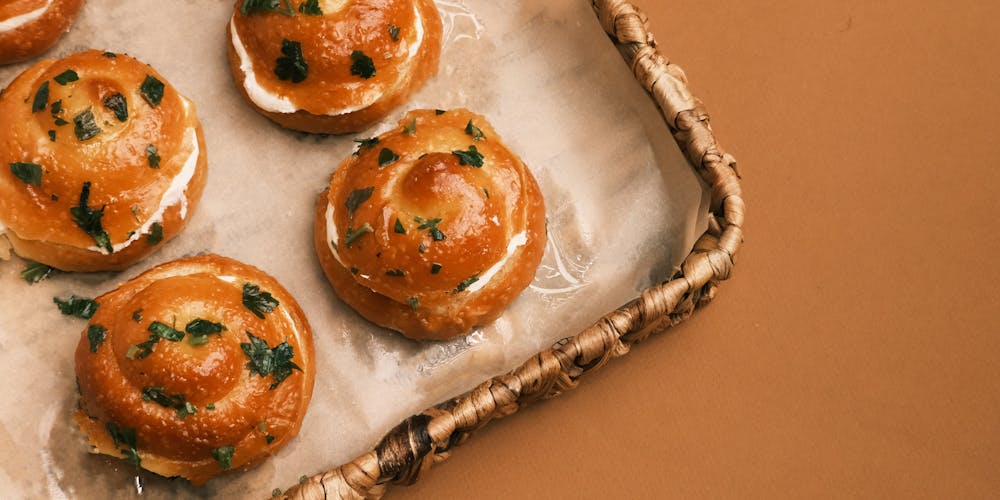
Understanding the best techniques for using fresh herbs and spices will ensure you maximize their impact in your dishes. Here are some practical strategies for incorporating them effectively.
Prepping Fresh Herbs
Preparation is key to unleashing the flavor potential of fresh herbs. Begin by washing and drying your herbs thoroughly, as moisture can dilute their flavor and lead to spoilage. A salad spinner is an excellent tool for this task.
Next, consider the technique you’ll use to chop or bruise your herbs. For soft herbs like basil, mint, or cilantro, a gentle chiffonade technique allows you to maintain their delicate leaves while maximizing surface area. On the other hand, woody herbs like rosemary and thyme can be finely minced or stripped from their stems to infuse robust flavor.
Timing Matters
When it comes to using fresh herbs, timing plays a critical role. Adding herbs too early in the cooking process can cause their flavor to diminish, while adding them too late may prevent their aromas from developing fully.
For example, delicate herbs should typically be added towards the end of cooking to preserve their vibrancy. Conversely, hearty herbs, such as bay leaves or rosemary, benefit from longer cooking times, allowing their flavors to meld into the dish.
Infusing Oils and Vinegars
One creative way to incorporate fresh herbs and spices is by infusing oils or vinegars. This method captures the essence of the ingredient, allowing you to drizzle or splash the infusion over finished dishes for an extra burst of flavor.
To create an infused oil, gently heat your chosen oil (such as olive or grapeseed) and add fresh herbs like garlic, thyme, or rosemary. Let it sit for several hours or overnight to allow the flavors to develop. Strain the mixture before storing it in a clean bottle for future use.
Herb-infused vinegar follows a similar process. Combine vinegar with fresh herbs and let them steep for a week or two. This tangy concoction can elevate salads, marinades, and sauces, giving your dishes a delightful twist.
Storage Tips
To enjoy fresh herbs and spices for longer periods, proper storage is essential. For fragile herbs, like basil or cilantro, treat them like flowers. Trim the stems and place them in a jar of water, covering the tops loosely with a plastic bag. Store them in the refrigerator for extended freshness.
Dried spices should be kept in airtight containers away from direct sunlight and moisture to maintain their potency. Whole spices tend to retain their flavor longer than ground ones, so consider investing in a spice grinder for optimal freshness when using them in your recipes.
Incorporating fresh herbs and spices into your cooking routine can be a rewarding adventure. From prepping to storing, every step contributes to enhancing the flavors and elevating your dishes in remarkable ways.
Conclusion
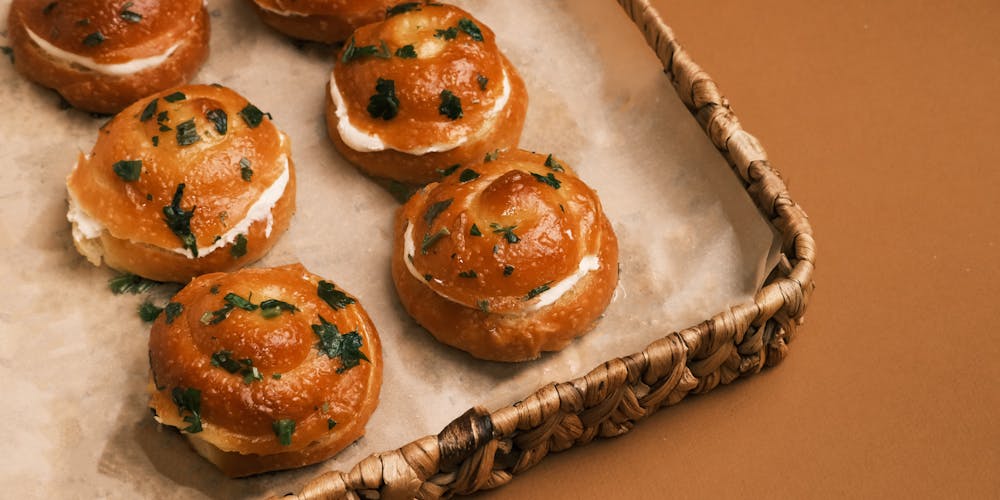
Fresh herbs and spices: elevate your dishes with natural flavor. The world of herbs and spices is rich with history, culture, and an array of health benefits. By mastering the art of pairing, using them effectively, and understanding their evolution, you can unlock new dimensions of flavor in your cooking. With a little creativity and experimentation, you are sure to embark on a delightful culinary journey that transforms every meal into an adventure of taste and aroma. Embrace the power of fresh herbs and spices, and watch as your kitchen becomes a haven of flavor, inviting everyone to savor the joys of cooking.
